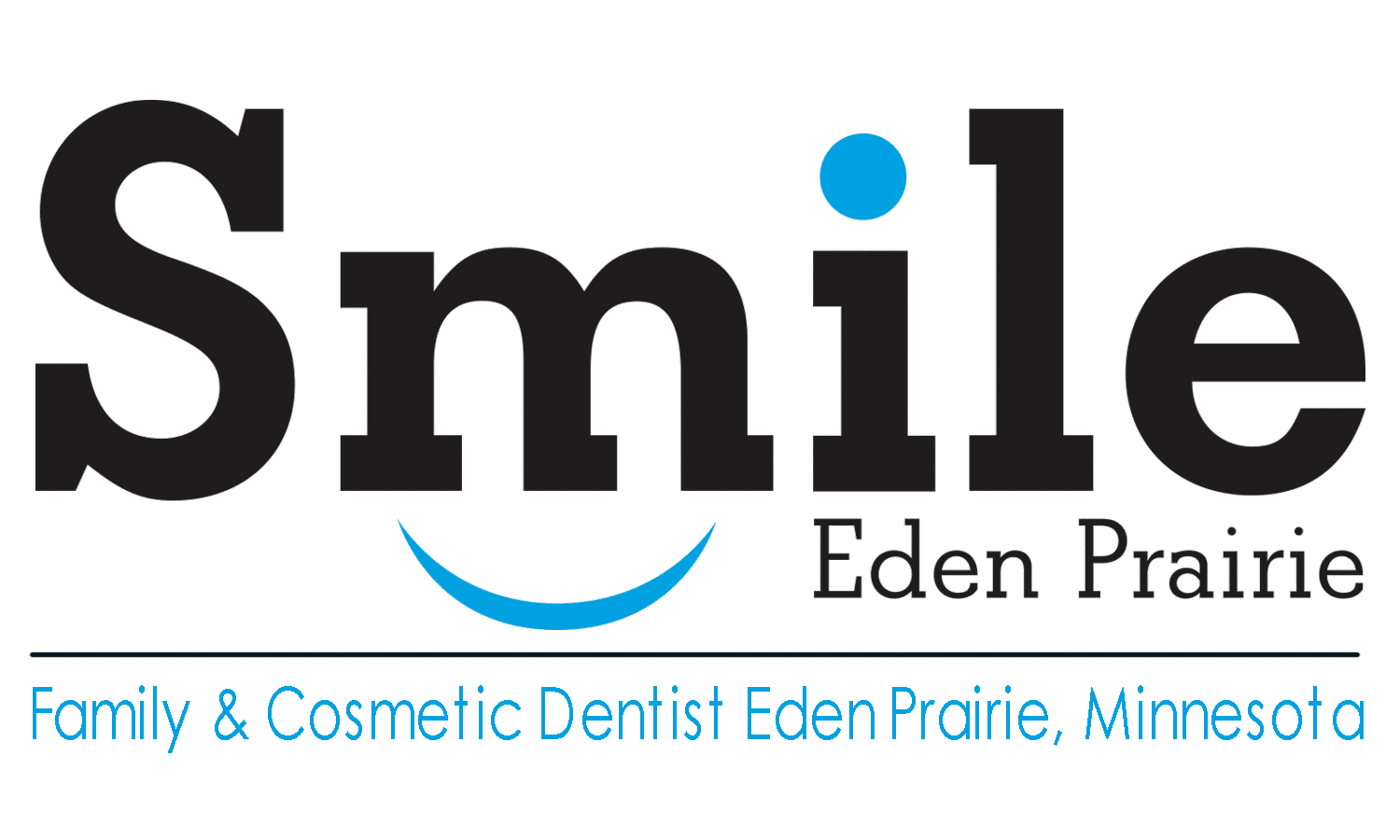General Dentistry Concepts: Tongue cleaner
A tongue cleaner, which is also called a tongue scraper or tongue brush, is an oral hygiene device used to clean the coating on the surface of the tongue. While there can be a benefit from using a tongue cleaner, it is not sufficient enough to draw clear conclusions regarding resolving bad breath. A review in 2006 conducted by Cochrane found tentative evidence of reduced levels of odor causing molecules.
The large surface area and lingual papilla of the tongue are anatomical features which promote the tongue coating by retaining microorganisms and oral debris. The microorganisms and debris consists of food, saliva and dead epithelial cells. Tongue cleaning is less common than tooth brushing, flossing or using mouthwash.
Health effects: Breath
While there are tentative benefits from using a tongue cleaner, it is insufficient to draw conclusions related to bad breath. Some studies suggest that the bacteria on the tongue which produces malodorous compounds and fatty acids, may account for 80% to 85% of bad breath. The remaining 15% to 20% of cases are suggested to originate from the following:
- Stomach
- Tonsils
- Food particles stuck in the teeth
- Gum disease
- Dental caries (cavities or tooth decay)
- Plaque accumulated on the teeth
Aesthetics
The tongue is normally a variation of pink in its appearance. It can sometimes acquire a white or colored coating as a result of diet, reduced flow of saliva, reduced oral hygiene or the tongue’s anatomy. The thickness of the tongue coating can also vary from person to person. Tongue cleaning can reduce this coating and to help return the tongue to its natural pink color.
Dental caries and periodontal disease
The tongue surface can be a collection for tooth and periodontal pathogens. It can also be a contributing factor to the recolonization of tooth surfaces. People who have periodontal disease are more likely to have a thicker tongue coating in addition to a microbial flora. The microbial flora produces more volatile sulphur compounds compared to patients who have healthy periodontal tissues. Tongue cleaning may help reduce the presence of halitosis, dental caries and periodontal disease.
Side effects
Tongue cleaning can be slightly uncomfortable or tickle for some patients. The incorrect use of a tongue cleaner can trigger the gag reflex and/or result in vomiting. Overuse of a tongue cleaner can also damage the taste buds. The tongue cleaner is also not intended to be used on the lingual tonsils.
History
Ayurveda, which is the practice from traditional Indian medicine, recommends tongue cleaning as part of a good oral hygiene regimen. It is used to remove the toxic debris, which is known as Ama. Tongue cleaning was found in Ayurvedic practice in ancient times. The Ayurvedic culture used tongue scrapers which were made from copper, silver, gold, tin or brass. Modern tongue scrapers are made from plastic and are commonly used in India and the Far East.
Tongue hygiene has been practiced for hundreds of years in Africa, Arabia, Europe, South America and many eastern and oriental cultures. The various materials which are used for tongue cleaners include thin flexible wood sections, metals, ivory, mother-of-pearl, whalebone, celluloid, tortoiseshell and plastic.
